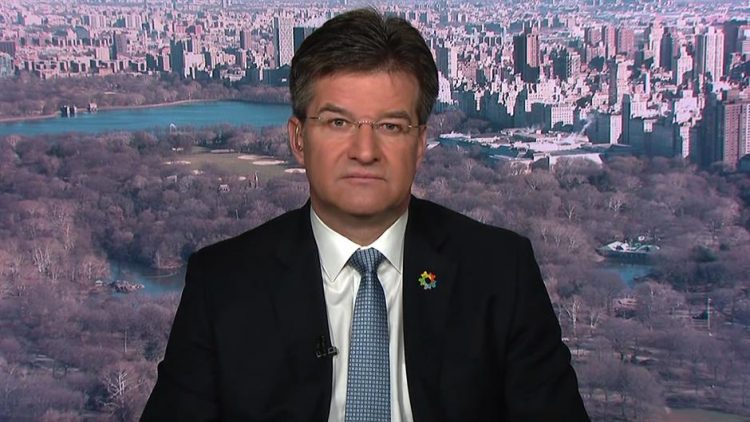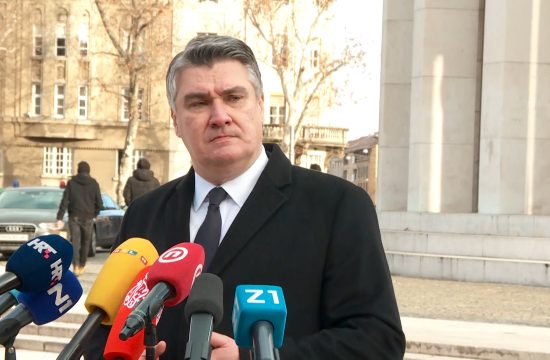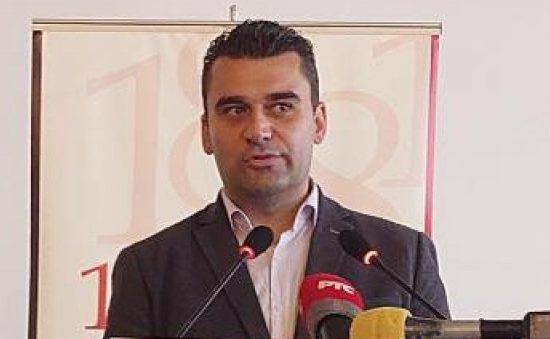
Two realities exist in Bosnia, the Dayton and the European reality and we should head towards the latter, said the former High Representative to Bosnia and Herzegovina and Slovakian Foreign Minister Miroslav Lajcak in Brussels where EU foreign ministers discussed the post-election atmosphere in Bosnia.
“We have two realities in Bosnia. We have the Dayton reality, built on ethnic principles and the European reality built on civic principles. We should head from one reality to the other, but the existence of both of them is currently creating problems,” Lajcak said.
The Dayton Peace Agreement ended the war in Bosnia (1992-1995) and created the Constitution for the country. It organised the country according to ethnic principles, three constituent peoples, Bosniaks, Serbs and Croats, and two ethnically divided entities. The Bosniak-Croat dominated entity called Federation of Bosnia and Herzegovina (FBiH) and the Serb-dominated Republika Srpska (RS).
After the October general election, Croatian officials started complaining that the rights Bosnian Croats were threatened and violated.
“We concluded that the EU should be actively engaged in Bosnian political processes,” he noted. “We talked about how to help and not punish this country.”
The former High Representative to Bosnia said Croatia complained about the position of the Croat people in Bosnia because “they feel that Croats don’t have their own representative in the Presidency.”
The High Representative to Bosnia and Herzegovina has the mandate to oversee the civilian implementation of the Dayton Peace Agreement which ended the War in Bosnia.
In the race for Bosnia's Croat Presidency member, the Democratic Front’s (DF) candidate Zeljko Komsic won over his candidate from the Croat Democratic Union's (HDZ BiH) Dragan Covic.
All the major Croat parties in Bosnia claim that Left-oriented Zeljko Komsic is not the legitimate Croat representative because he was allegedly elected by Bosniaks and that Covic won the most Croat votes.
Bosnia’s Constitution stipulates that the Presidency consists of three members, each coming from one of three constituent peoples, Bosniaks, Serbs and Croats.
The Serb member is elected in the RS entity, while the Bosniak and Croat members are elected in the FBiH entity.
The Constitution never mentions that Presidency members must be elected by members of their own people.




